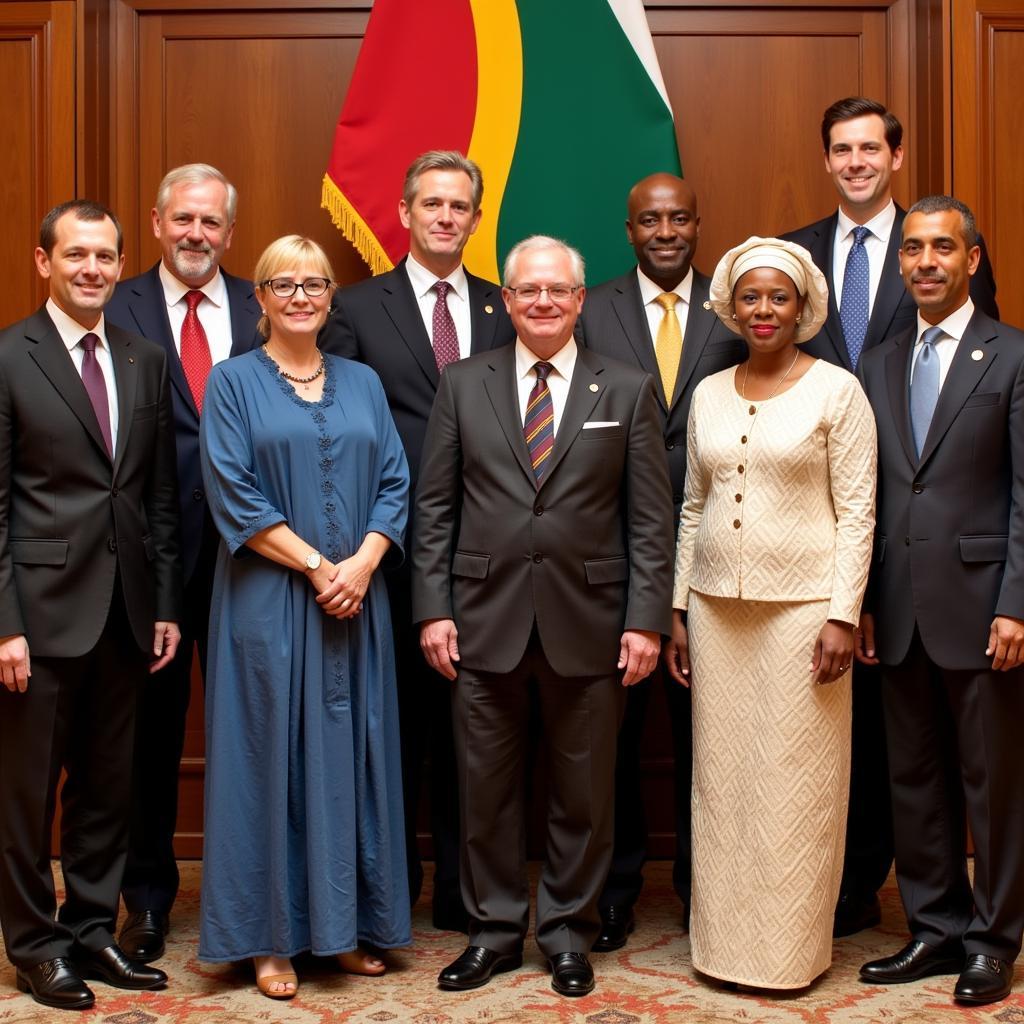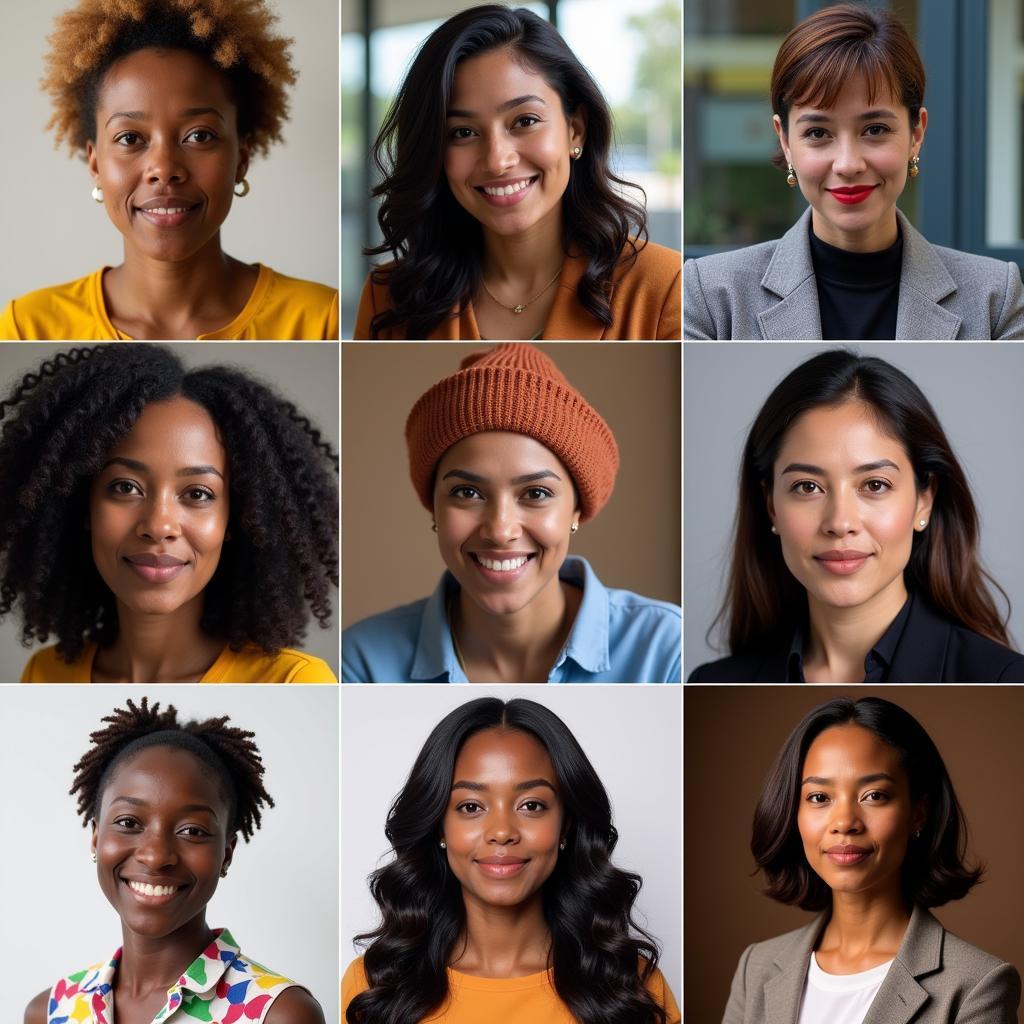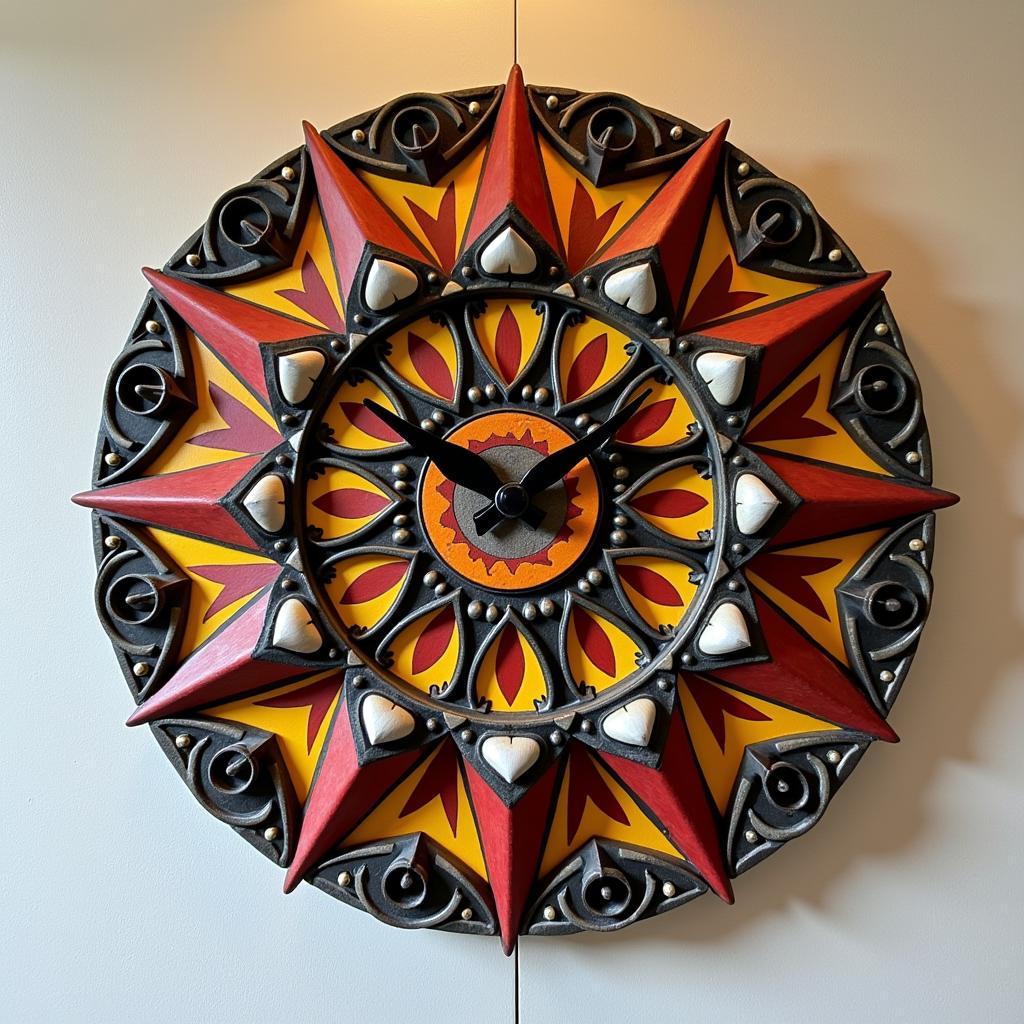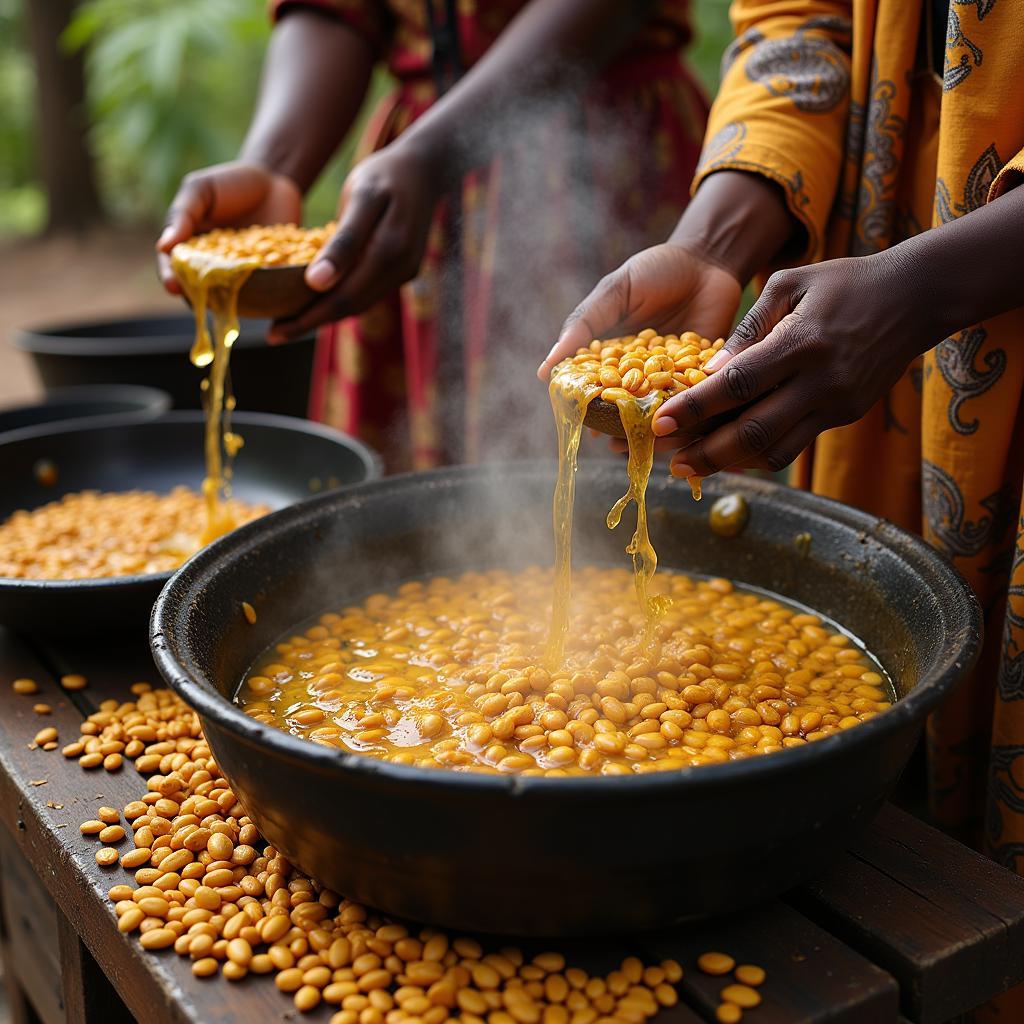African Costume for Boy: A Celebration of Culture and Heritage
African Costume For Boys is a vibrant tapestry of tradition, creativity, and cultural pride. From the intricate beadwork of the Maasai to the colorful kente cloth of Ghana, each garment tells a story, reflecting the history, beliefs, and artistic ingenuity of diverse African communities. This exploration delves into the captivating world of African boy’s clothing, uncovering its significance, variations, and enduring legacy.
Unveiling the Rich History of African Boy’s Costume
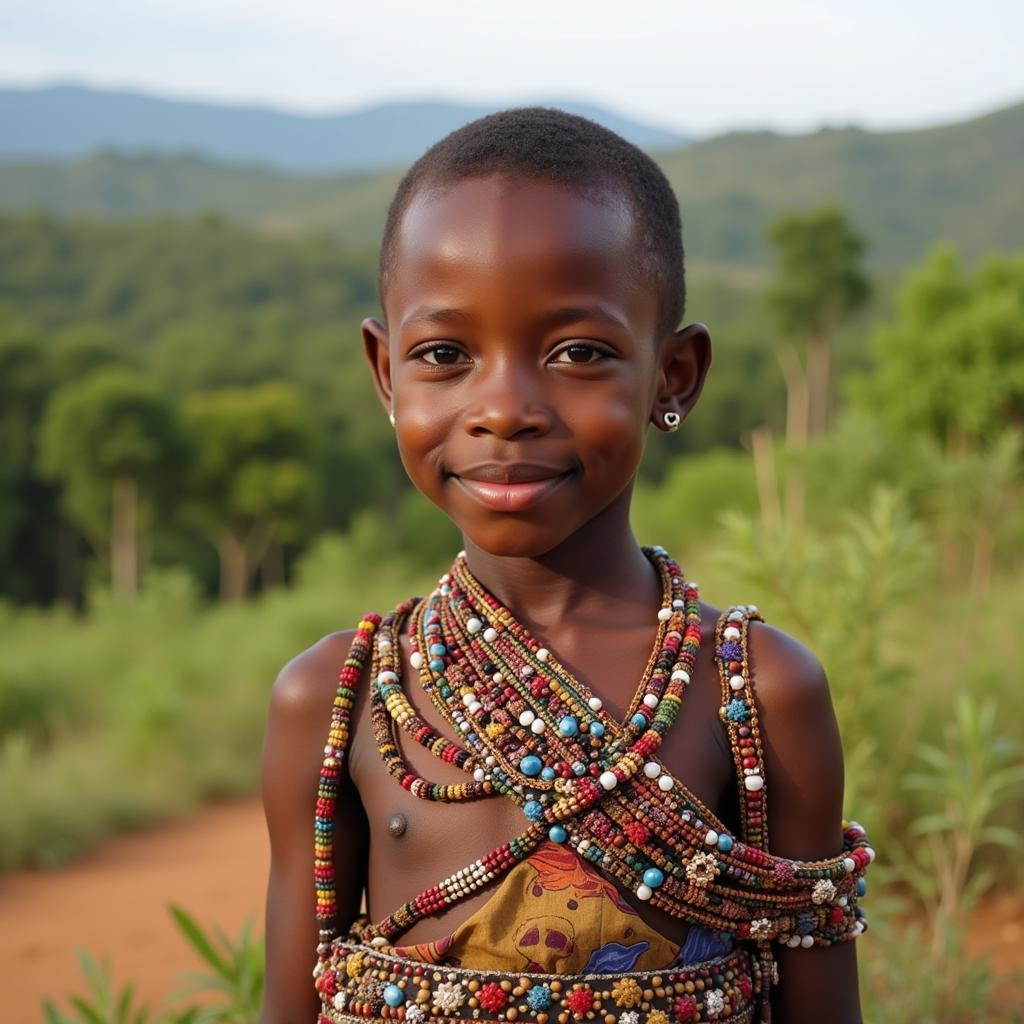 Traditional African Boy's Clothing
Traditional African Boy's Clothing
For centuries, clothing in Africa has transcended mere functionality, serving as a powerful form of non-verbal communication. Each element, from fabric choice to decorative motifs, carries symbolic weight, conveying social standing, age, marital status, and even spiritual beliefs. For young boys, clothing plays a crucial role in their journey into manhood, marking significant milestones and signifying their evolving roles within the community.
For instance, in many pastoralist communities like the Maasai and Samburu, young boys wear simple garments made from animal hides, often adorned with beads and feathers. As they mature, their attire evolves, incorporating more intricate designs and symbolic elements that reflect their growing responsibilities and status within the tribe.
Exploring the Diversity of African Boy’s Clothing
The vastness of the African continent translates into an astonishing array of traditional clothing styles for boys. Each region boasts unique designs, fabrics, and embellishments, shaped by geography, climate, and cultural practices.
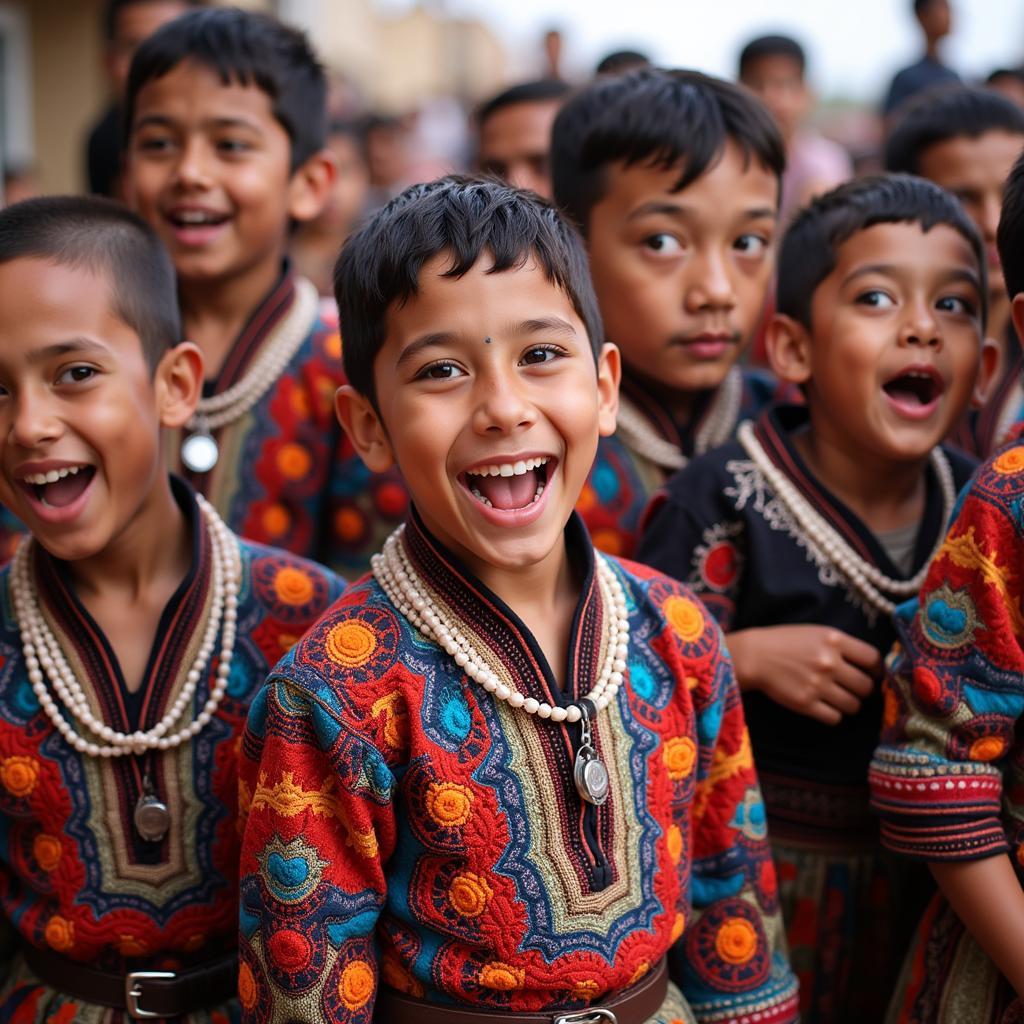 African Boy in Festive Attire
African Boy in Festive Attire
- West Africa: Renowned for its vibrant textiles, West Africa is home to iconic fabrics like kente, a handwoven cloth made from silk and cotton, often featuring intricate geometric patterns and bold colors. Boys in this region often wear brightly colored shirts and trousers made from kente or other locally produced fabrics, often paired with matching caps.
- East Africa: In East Africa, clothing styles are influenced by both Bantu and Nilotic traditions. Young boys may wear brightly colored shirts or tunics, often paired with a length of fabric wrapped around the waist, known as a “kanga” or “kikoi.”
- Southern Africa: Traditional clothing for boys in Southern Africa often incorporates animal hides, beads, and feathers, reflecting the region’s strong hunting and pastoralist heritage.
These are just a few examples of the diverse tapestry of African boy’s clothing. From the intricate embroidery of Moroccan djellabas to the flowing robes of the Tuareg people in the Sahara, each region offers a unique and fascinating perspective on the role of clothing in African culture.
The Enduring Legacy of African Boy’s Costume in a Modern World
Today, African costume for boys continues to evolve, adapting to modern sensibilities while retaining its cultural significance. Contemporary designers are drawing inspiration from traditional designs, incorporating African prints, fabrics, and motifs into modern silhouettes. This fusion of tradition and modernity has resulted in a vibrant and dynamic fashion scene that celebrates African heritage while embracing contemporary trends.
From everyday wear to special occasions like weddings and cultural festivals, African costume for boys remains a powerful symbol of cultural identity, pride, and the enduring legacy of African artistry and tradition.
FAQ
1. What is the significance of beads in African boy’s clothing?
Beads often hold symbolic meaning, representing wealth, status, or spiritual beliefs. They can also be used to denote age, lineage, or marital status.
2. Are there specific colors or patterns associated with different African cultures?
Yes, colors and patterns often hold specific cultural significance. For example, red might symbolize strength or power in one culture, while in another, it might represent mourning.
3. Where can I find authentic African clothing for my son?
You can find authentic African clothing from specialized retailers, online marketplaces like Etsy, or by supporting African designers and artisans directly.
Looking for more?
Explore the diverse world of african boy pic and discover the beauty of african festima through their attire.
For those interested in dressing their little ones in traditional garb, check out these resources on african boy dress up.
Want to learn more about the cultures behind these beautiful costumes? Dive into the world of african culture movies.
Need help finding the perfect African costume for your boy?
Contact us at +255768904061, email [email protected], or visit us in Mbarali DC Mawindi, Kangaga, Tanzania. Our dedicated team is available 24/7 to assist you.
